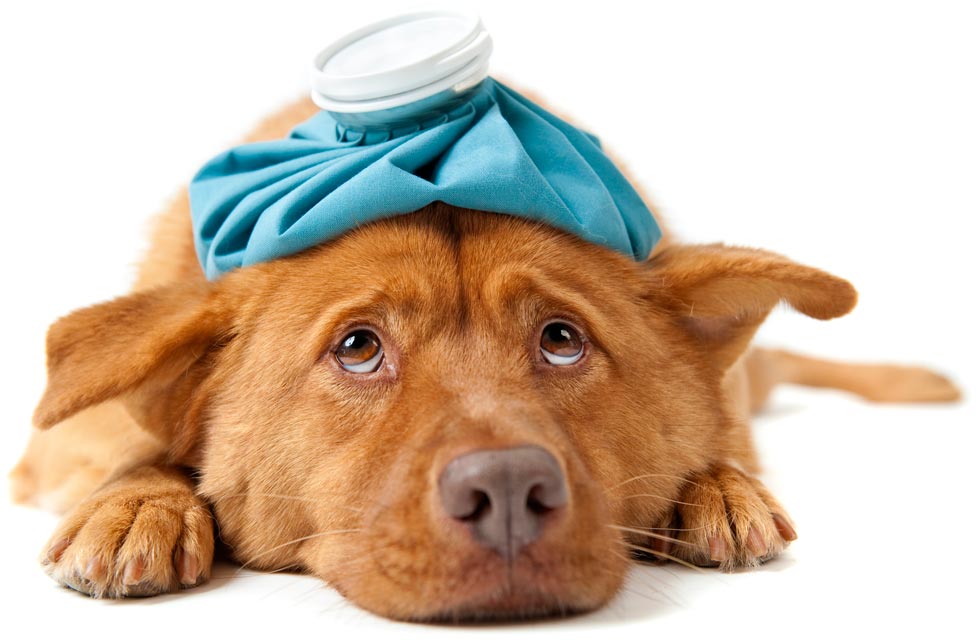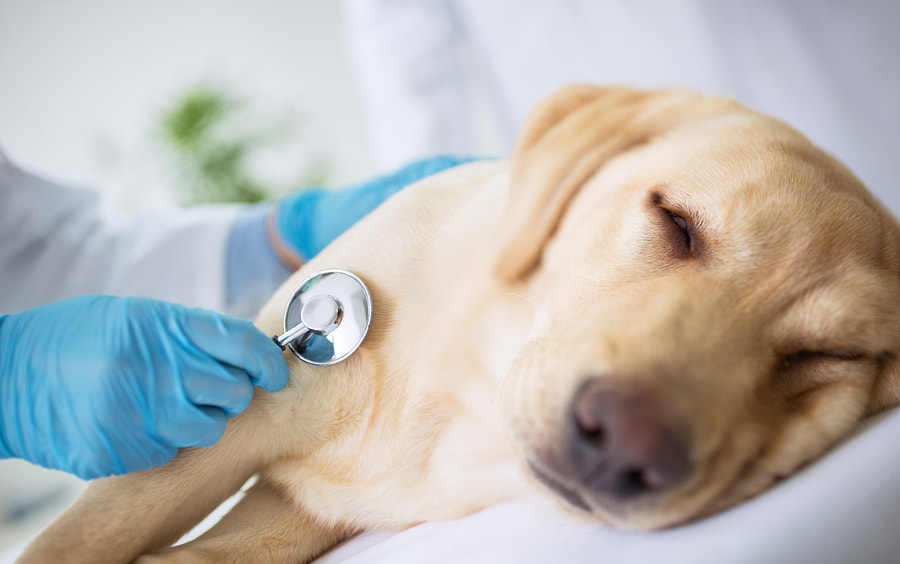|
What is “Parvo”?
From the AVMA, “Canine parvovirus is a highly contagious virus that can affect all dogs, but unvaccinated dogs and puppies younger than four months old are the most at risk… the virus is spread by direct dog-to-dog contact and contact with contaminated feces, environments, or people. The virus can also contaminate kennel surfaces, food and water bowls, collars and leashes, and the hands and clothing of people who handle infected dogs. It is resistant to heat, cold, humidity, and drying, and can survive in the environment for long periods of time. Even trace amounts of feces from an infected dog may harbor the virus and infect other dogs that come into the infected environment. The virus is readily transmitted from place to place on the hair or feet of dogs or via contaminated cages, shoes, or other objects.” It's very important to know the signs of parvo so you can get treatment right away if you suspect your pup may have the parvovirus. Signs can include -
Per the AVMA “Persistent vomiting and diarrhea can cause rapid dehydration, and damage to the intestines and immune system can cause septic shock. Most deaths from parvovirus occur within 48 to 72 hours following the onset of clinical signs. If your puppy or dog shows any of these signs, you should contact your veterinarian immediately.” Parvo can’t be “cured” – there is no specific drug that will kill the virus in infected dogs - but early treatment is essential to support the dog's systems until their immune system can fight off the viral infection. Treatment consists primarily of intensive efforts to fight dehydration, control vomiting and diarrhea, and prevent secondary infections. The AVMA advises, “Early recognition and aggressive treatment are very important in successful outcomes. With proper treatment, survival rates can approach 90%.” The parvovirus is highly contagious and not easily killed, so steps must be taken to minimize the spread of the infection. These include:
PREVENTION: So how can you prevent your dog from getting this virus? The most important steps you can take are: keeping your dog current on vaccinations and practicing good hygiene. Unfortunately, young puppies are very susceptible to infection. Their natural immunity they get from mom may wear off before their own immune systems are fully ready to fight an infection. Sometimes even vaccinated puppies can still get the disease. Puppies get a series of vaccinations in the first months of life, but they are not fully protected at this time. The AVMA advises, “Until a puppy has received its complete series of vaccinations, pet owners should use caution when bringing their pet to places where young puppies congregate (e.g. pet shops, parks, puppy classes, obedience classes, doggy daycare, kennels, and grooming establishments).” |
IMPORTANT REMINDERS * Shelters are not able to predict which animals may be incubating a disease or virus - there are usually no visible symptoms at the beginning of the process. * Always make sure you provide accurate ways to contact you after you adopt from a shelter in case follow up is needed - when we learn about an outbreak, we reach out to the families of the other dogs that may have been exposed so they will be aware of the risk. * EARLY DETECTION AND TREATMENT CAN SAVE LIVES! To get more tips on proper hygiene and ways to protect your pup, please read the full article from the American Veterinary Medical Association: https://www.avma.org/resources-tools/pet-owners/petcare/canine-parvovirus |
|
© 2019 Teller County Regional Animal Shelter Inc. All rights reserved.
|


